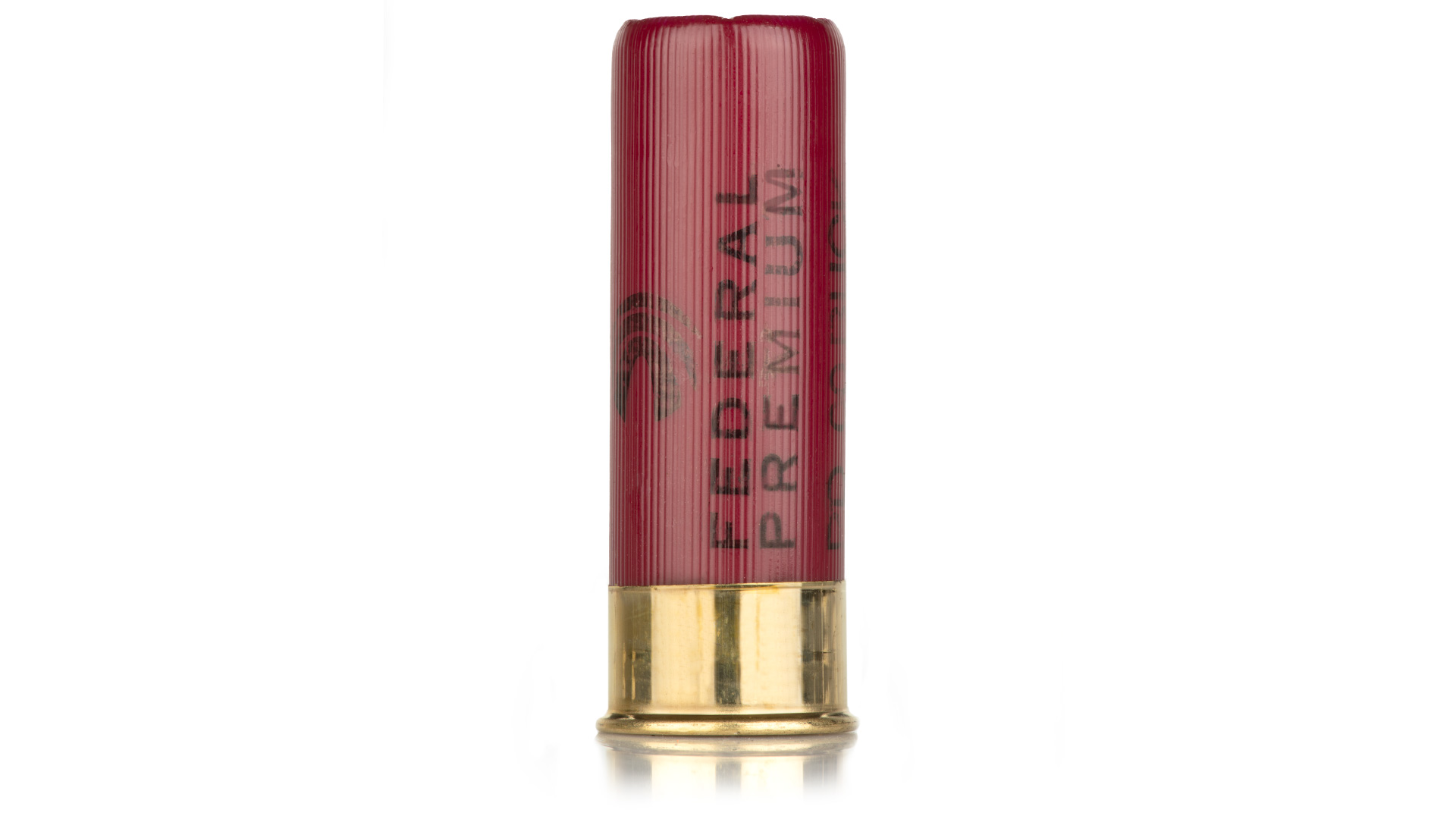“A man’s got to know his limitations.”
Just because Clint Eastwood’s fictitious “Dirty Harry” character is credited for this quote, it doesn’t mean the words ring any less true. Failing to recognize your own limitations can get you hurt—or worse. Also, limitations do not only pertain to the man or woman, but also to the guns and gear he or she chooses. Just as a dangerous-game hunter would be suicidal to stalk a Cape buffalo with a .22 LR, so too is the Soldier who opts for a shotgun during a long-range battle. Therefore, we’d be foolish if we also didn’t recognize a defensive shotgun’s limitations and disadvantages in certain situations. Here are a half dozen:
A shotgun is a short-range tool, ideal for ranges of 40 yards and closer when loaded with standard 00 buckshot loads. While it’s true that hunters can sometimes down game at 70 yards or slightly farther, their shotguns, magnum loads and sights/scopes have been optimized for longer ranges, and therefore are not optimized for shorter ranges that are vastly more common for defensive purposes. Certainly, a shotgun can be used at longer ranges with slugs in a pinch, but expecting 100-yard groups smaller than 6 inches with your 18-inch-barreled home-defense shotgun is wishful thinking.
With simple bead sights, a smoothbore barrel and full-bore slugs, 10-inch groups at 100 yards is often closer to reality. Meanwhile, most modern rifles are capable of 1.5-inch groups at 100 yards (often substantially better). The point is, if you believe the odds of needing a long-range firearm are greater than the odds of needing a short-range solution, there are much better options than a shotgun, and that option is called a rifle.
If precise and controlled shot placement is a prerequisite for your arm of choice, a shotgun, with its swarm of pellets, is not it. Consider the scenario of a crowded room wherein both a home intruder and friendlies are standing in close proximity to each other. Whereas a rifle’s projectile can be precisely guided to limit any possible potential for collateral damage, a shotgun’s devastating pattern is larger, grows in size as range increases and can be somewhat random in nature. So, the shotgun is not ideal for this situation.
A shotgun is not for untrained, physically weak or recoil-sensitive shooters. Compared to a .223 Rem./5.56 NATO cartridge that produces around 3.5 ft.-lbs. of free-recoil energy, an average-weight shotgun shooting an average-power 00 buckshot load produces around 30 ft.-lbs. While recoil energy can be mitigated somewhat by such things as cushy buttpads, gas-action guns and good shooting technique, the fact remains that shotguns kick like hell. If a shooter is untrained and has poor technique, is physically unable to properly hold the shotgun or is simply averse to heavy recoil, there are better options for home defense, such as a handgun or an intermediate-caliber carbine.
If magazine capacity is a central issue for a home defender, I’d suggest either going with Mossberg’s 590M (detachable magazine) shotgun model or an AR-15. That’s because most tactical shotguns hold between five and eight shells in their tubular magazines. For the majority of home-defense situations, this should be adequate. But, magazine capacity is certainly a limitation of the shotgun, and failing to recognize it could prove costly.
Reloading most shotguns is a relatively slow process, and without training it’s painfully slow. So, if you believe you are likely to be in a situation where speedy reloading is paramount for survival, either buy a detachable-mag shotgun like the aforementioned Mossberg, train until your reloads are as fast as possible or go with another gun such as a semi-automatic handgun or an AR-15.
If your gun needs to be concealable, easily stored and/or carried on your person frequently, a shotgun isn’t a great choice. While there are compact shotguns available, these guns are generally very hard to shoot well. If concealabilty, small-space storage or carrying is a concern, strongly consider choosing a handgun.
Now that I’ve listed some of the inherent shortcomings of tactical shotguns, you might be asking, “Well, are there any reasons to choose one?”
Yes, there are plenty: There is no more powerful, intuitive, quick and intimidating firearm available—provided the shooter is aware of the shotgun’s limitations and is prepared for shifting to a contingency plan if they are exceeded.
Read the full article here

